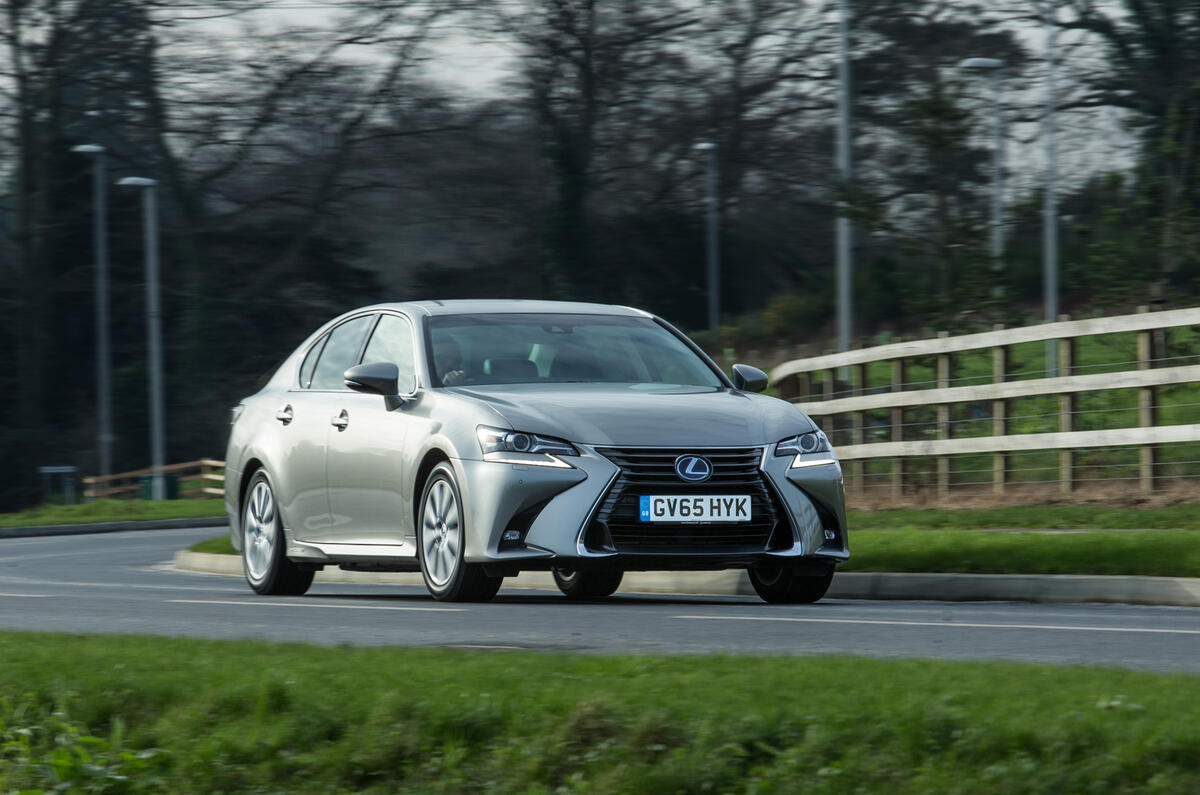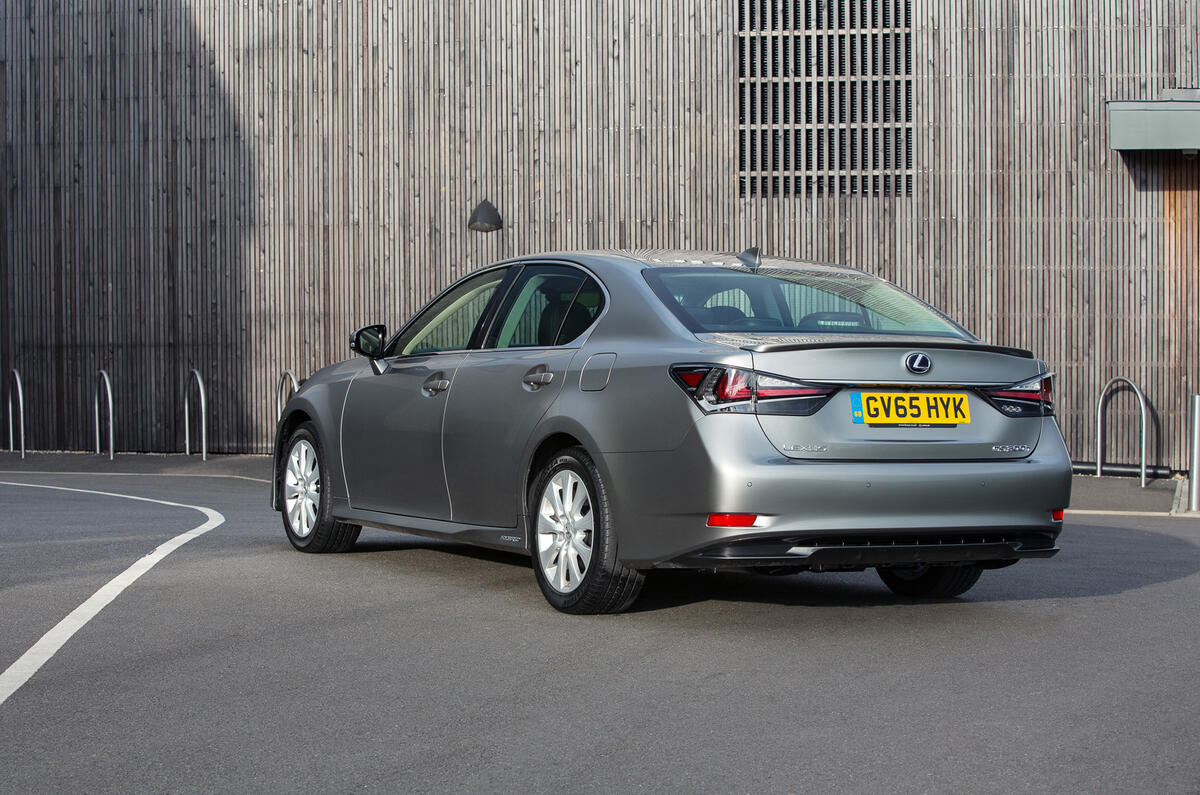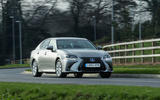Lexus is a car maker which likes to do things slightly differently, not least when it comes to powertrains. Look around at its rivals from Germany, Britain – even America – they all offer diesel engines.
The only concession Lexus has made to oil-burning technology is in the previous generation IS compact exec. In every other model where you’d expect to find a diesel, there’s a petrol-electric hybrid.
Nailing your colours to a mast so vehemently deserves respect. And so we find ourselves with the BMW 5 Series-rivalling Lexus GS. It’s the fourth generation of GS, a model that has traditionally been bought with the head, rather than the heart. Its skills lay in comfort and build quality, rather than performance and driver involvement.
From the off, it’s apparent Lexus has worked hard to inject some personality into the GS’s drive. It is based on an all-new platform and has a double-wishbone front/multi-link rear suspension set-up. Upscale models get adaptive suspension and a four-wheel steering system is offered on the options list.
Two main versions are offered: the GS300h and GS450h. Lexus says the market will favour them equally with a 50:50 sales split.
Buyers usually expect base models in this class to come with a four-cylinder petrol engine. And in the past this wouldn't of been the case with Lexus previously opting for a 2.5-litre V6 petrol unit which produces a 0-62mph time of 8.6sec and a top speed of 143mph, for its GS250. Those figures wouldn’t keep a BMW 520d awake at night. However, this unit has now been replaced with a four-cylinder petrol hybrid unit forming the GS300h.


































